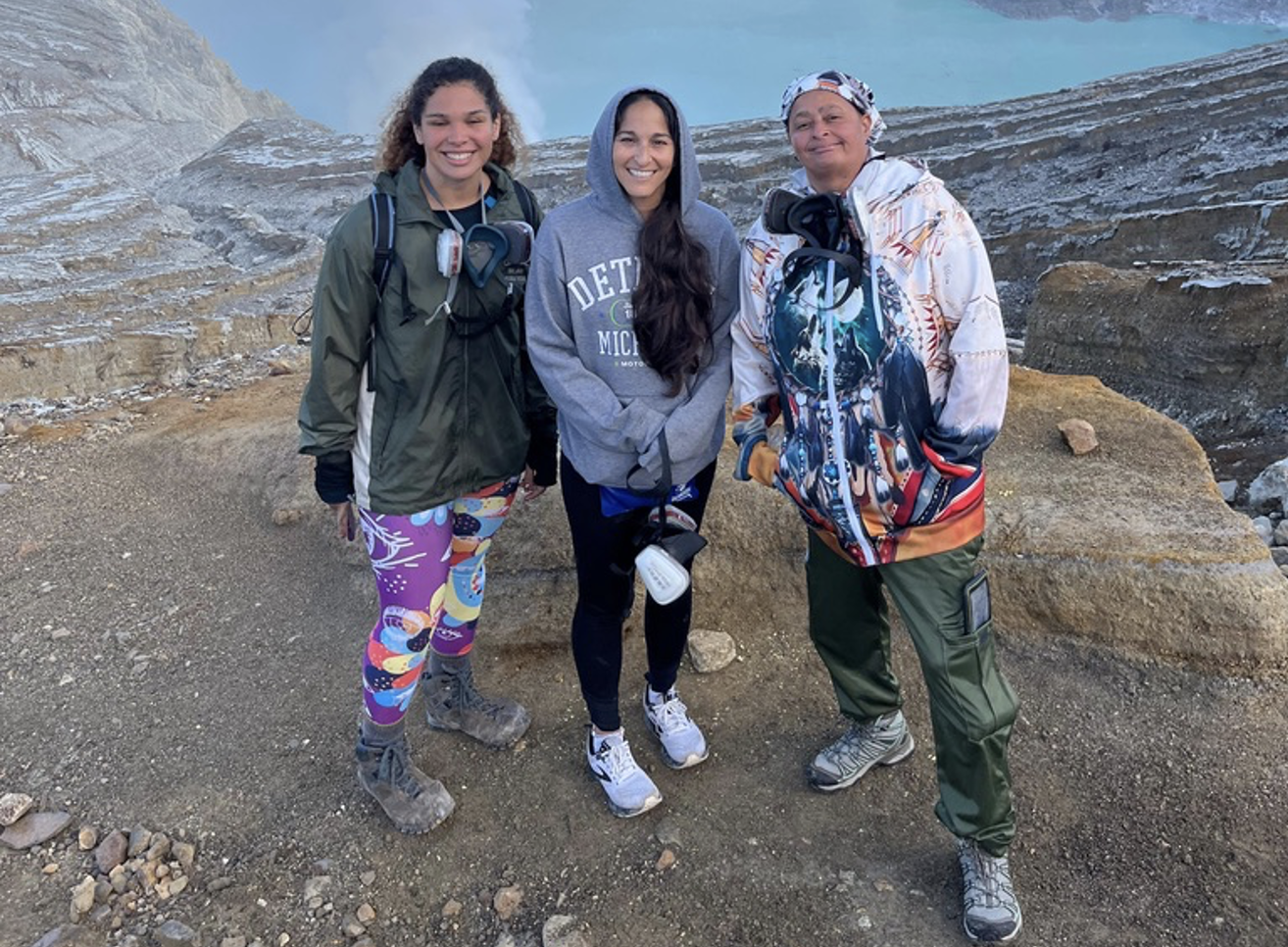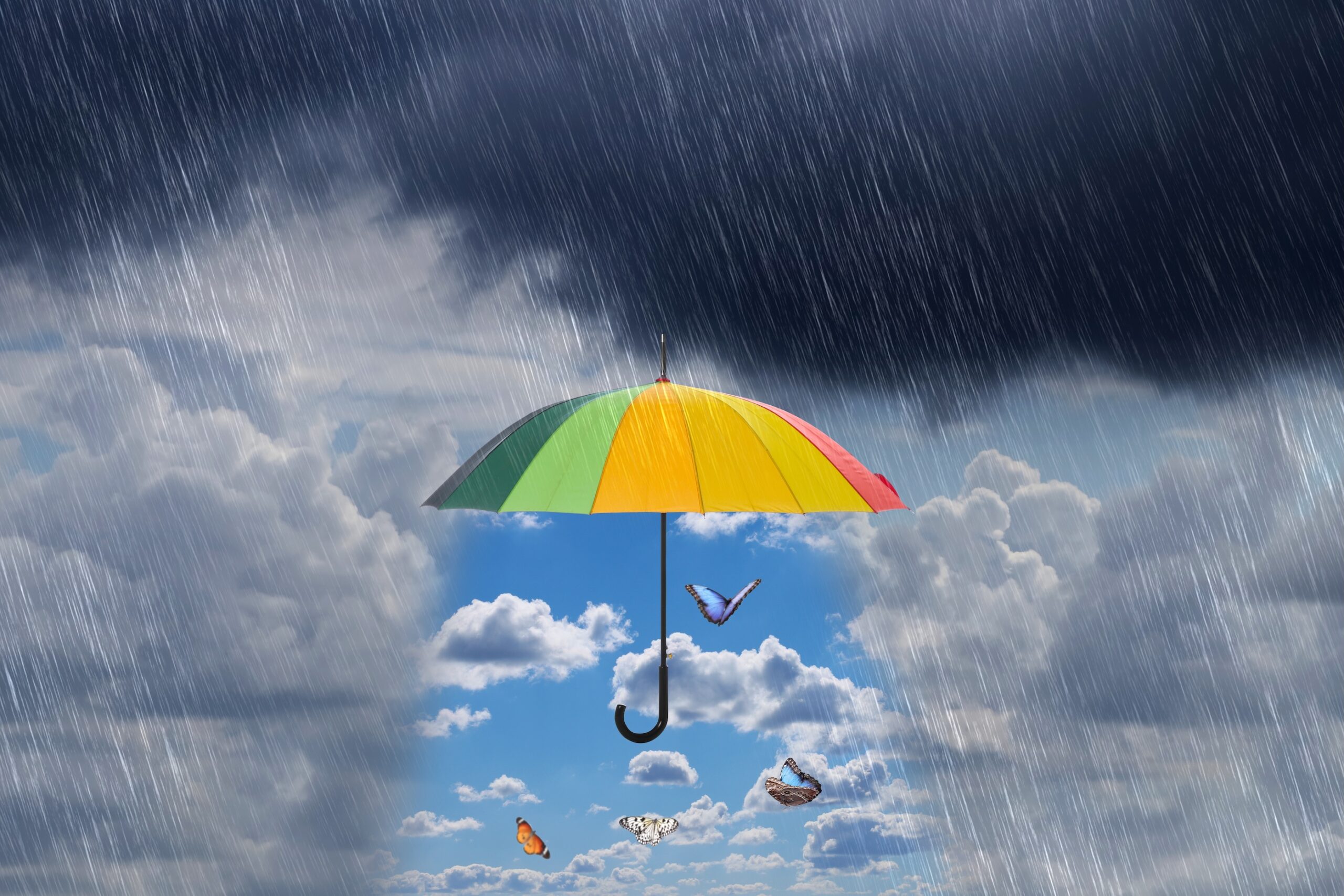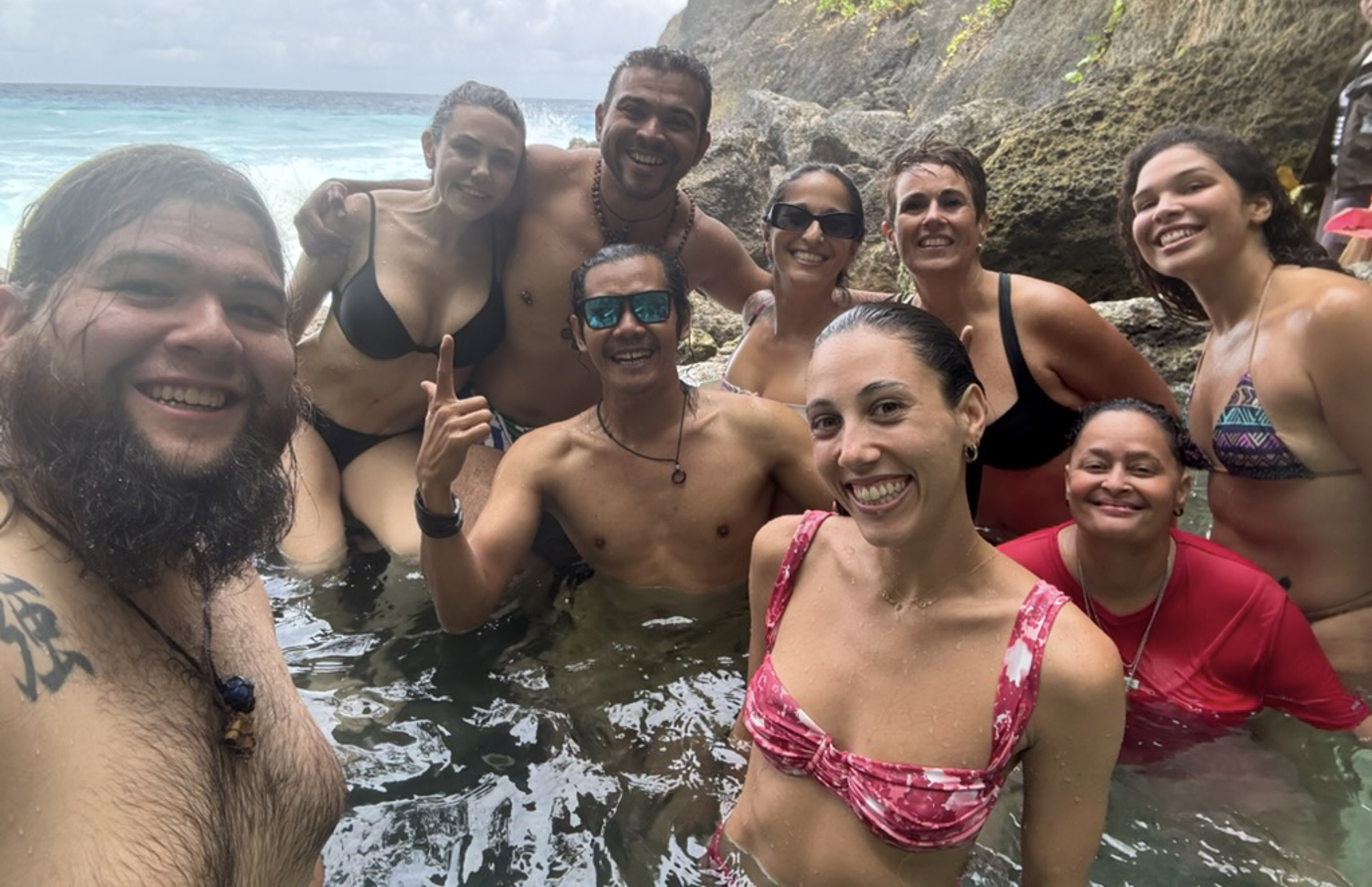Bad Bunny’s Evolution: Culture, Latino Business & Coming Home
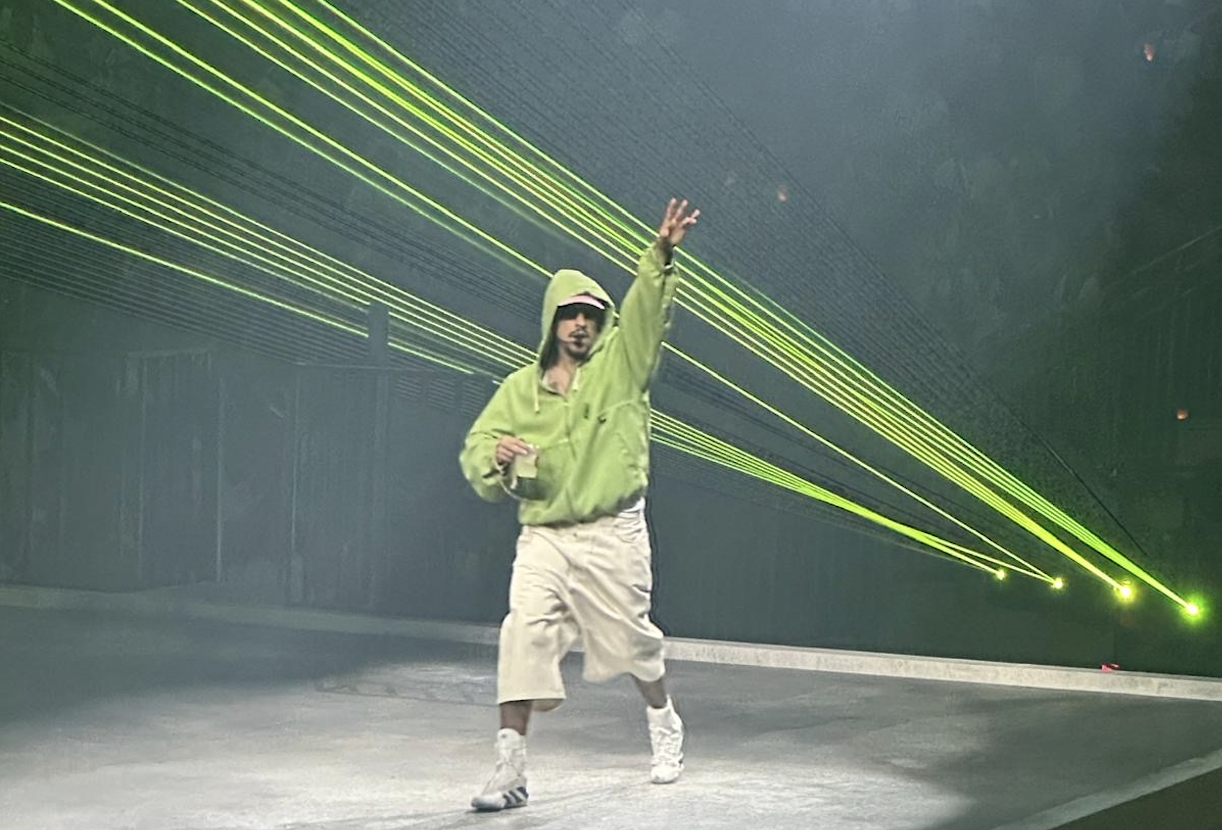
Bad Bunny’s evolution is more than music—it’s a blueprint for Latino entrepreneurs: stay rooted in identity, elevate the community
Benito Antonio Martínez Ocasio —better known as Bad Bunny— is not just a global superstar. He’s a cultural and economic force reshaping the Latin music industry from within. Born in Vega Baja, Puerto Rico in 1994, Benito grew up surrounded by the rhythms of salsa, merengue, and pop while singing in his local church choir. What started with uploading tracks on SoundCloud became a meteoric rise: from his breakout hit Soy Peor to collaborations with Cardi B and Drake, to chart-topping albums and Grammy wins, Bad Bunny has rightfully earned the title “King of Latin Trap.”
Debí Tirar Más Fotos: A Cultural Love Letter to Puerto Rico
On January 5, 2025, just before Puerto Rico’s traditional Día de Reyes, Bad Bunny released his sixth studio album, Debí Tirar Más Fotos. The timing was intentional infusing the project with cultural symbolism.
The album blends traditional Puerto Rican genres—plena, bomba, jíbaro folk sounds, salsa—with contemporary reggaeton, house, and urban beats. Tracks like Nuevayol explore the Nuyorican diaspora, Baile Inolvidable features student orchestras, and Bokete reflects on Puerto Rico’s fragile infrastructure. The record is both music and storytelling—grounding modern pop in cultural roots.
Its success was historic: all 17 tracks debuted on the Billboard Hot 100 simultaneously, and the album pushed Bad Bunny past the milestone of 100 Hot 100 entries, a first for a Latino artist. For the industry, this album shows how cultural identity itself can be a business strategy—a differentiator that resonates globally while staying true to local roots.
 No Me Quiero Ir de Aquí: A Residency with Purpose
No Me Quiero Ir de Aquí: A Residency with Purpose
From July 11 to September 14, 2025, Bad Bunny headlined an ambitious residency at Puerto Rico’s Coliseo de Puerto Rico (El Choli) titled No Me Quiero Ir de Aquí.
The numbers speak volumes:
- 30 sold-out shows with over 400,000 tickets gone within hours.
- Over $11 million in ticket sales within the first days of release.
- A projected $200 million in economic impact, including 3,300 jobs created.
- Tourism spiked with 38,000 hotel nights booked by attendees.
But beyond the numbers, the residency created a ripple effect across industries:
Boosting the Local Economy
- Puerto Rican fashion designers like Ecliptica, Yayi Pérez, Hermán Nadal, and Mónica Santos Gil gained international exposure and skyrocketing sales thanks to Bad Bunny’s spotlight.
- Restaurants launched menu items inspired by his songs, while brands like Ritz partnered authentically through cultural pop-ups.
- Tourism boards and media outlets framed the residency as more than entertainment—it was a cultural celebration driving business.
Social and Cultural Impact
- Songs like Turista and Lo Que Le Pasó a Hawaii called out irresponsible tourism, gentrification, and colonial tensions.
- For many young Puerto Ricans, the residency became a moment of pride and resistance, sparking fresh dialogue around sovereignty and cultural identity.
Bad Bunny didn’t just perform—he held up a mirror to Puerto Rico, celebrating its magic while highlighting the challenges faced by its people and the island.
 From Artist to Creative Latino Entrepreneur
From Artist to Creative Latino Entrepreneur
Bad Bunny’s journey reflects the power of turning creativity into cultural entrepreneurship. His decision to invest in Puerto Rico rather than exclusively pursuing U.S. residencies shows how artists can use their platforms to uplift their communities while building global influence.
- His Most Wanted Tour (2024) earned $211 million in the U.S. alone.
- His Debí Tirar Más Fotos World Tour (2025) sold over 2.6 million tickets globally—and it hasn’t even reached the U.S. yet.
- Puerto Rico’s creative economy already accounts for 2% of GDP and employs more than 87,000 people, and Bad Bunny’s ventures act as an accelerator for this ecosystem.
Bad Bunny’s evolution is more than music—it’s a blueprint for Latino entrepreneurs: stay rooted in identity, elevate the community, and build something that transforms not just your career, but your culture and economy. By anchoring his latest successes in Puerto Rico, Bad Bunny demonstrates how cultural authenticity can drive economic growth, global recognition, and generational pride.
- Debí Tirar Más Fotos isn’t just an album—it’s a cultural archive.
- No Me Quiero Ir de Aquí wasn’t just a residency—it was an economic catalyst and a national celebration.
- Bad Bunny has shown that the greatest business moves an artist can make is also the simplest: invest in home, invest in culture, and the world will follow.
Related content:
Marco Ramirez on Bringing Cuban Fire to Broadway with Buena Vista Social Club [Podcast]
Joe Barros & Hector Flores Jr.- Latino Leaders Revolutionizing Musical Theater [Podcast]

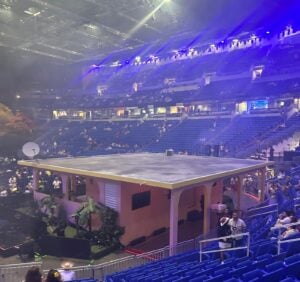 No Me Quiero Ir de Aquí: A Residency with Purpose
No Me Quiero Ir de Aquí: A Residency with Purpose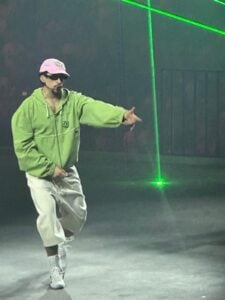 From Artist to Creative Latino Entrepreneur
From Artist to Creative Latino Entrepreneur